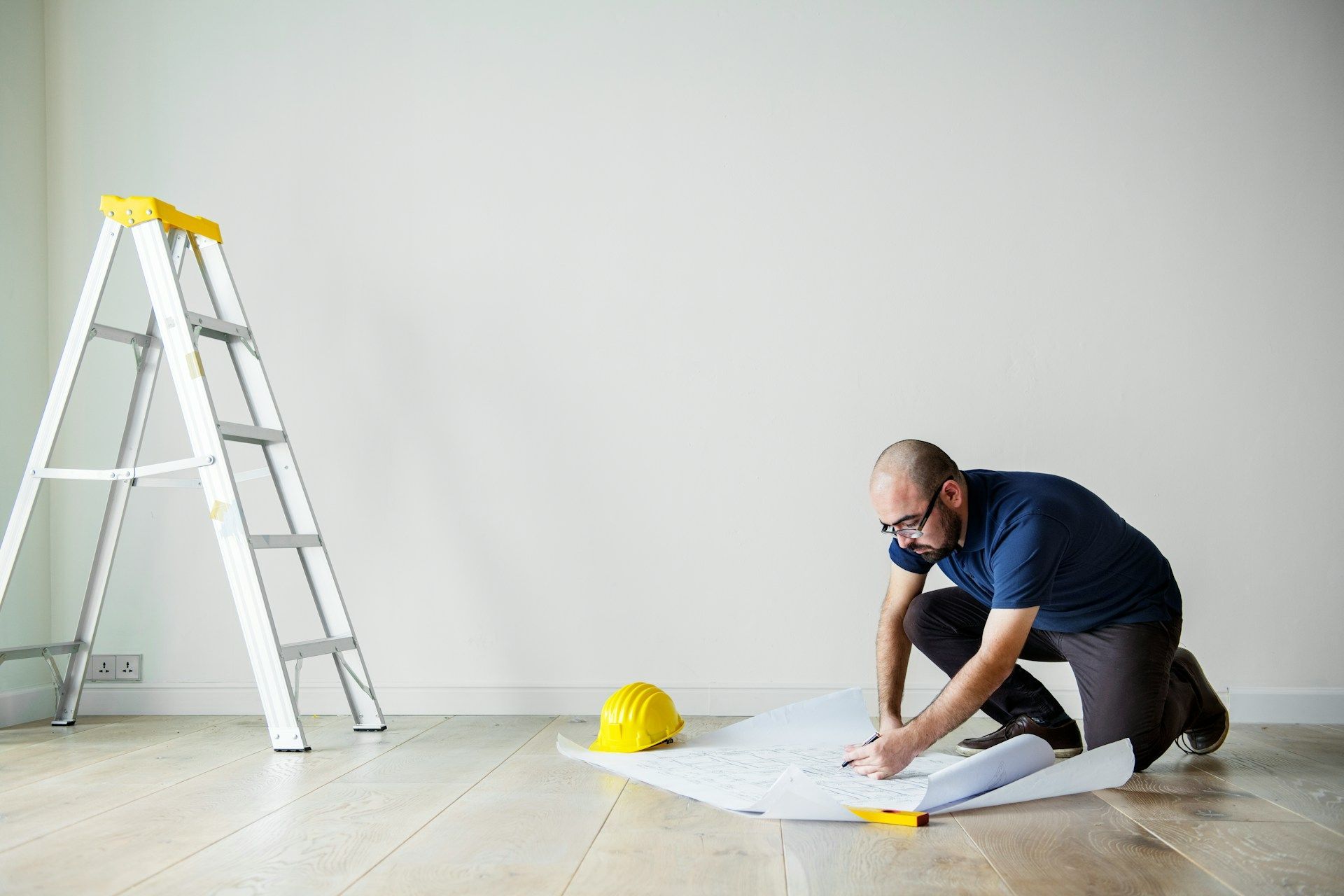New flooring can transform a space, adding comfort and enhancing aesthetics. But sometimes, those first steps on a newly installed floor may bring unexpected noises. If your floors are creaky or squeaky, they’re not just annoying—they might be signaling some underlying issues. Floors can make noise for several reasons, and ignoring these early signs might lead to more significant problems down the road.
Noise from new floors can disrupt the peace in your home. Fortunately, identifying and fixing these issues can restore that serene environment. From correcting installation mishaps to dealing with the natural settling of materials, understanding the root causes is key. In this guide, we’ll explore why newly installed floors might make sounds and the well-practiced steps to address them effectively.
Common Causes of Noisy Floors
Hearing odd noises from your floor is like listening to a story of its journey into your home. Let's dig into some common reasons your newly installed floors might be chatting to you. Each cause leads to a slightly different sound, helping you pinpoint and tackle the culprits.
- Improper Installation: This is a leading cause of noise. If the flooring wasn't installed properly, it could cause gaps between boards or uneven surfaces. These inconsistencies can lead to creaky sounds as the boards rub against each other or against screws or nails.
- Moisture and Humidity: Floors absorb moisture from the air and below the surface. Changes in moisture levels can cause the wood to expand or contract, resulting in noise. This is especially true in places like Owensboro, KY, where humidity can be quite variable.
- House Settling: As your house settles naturally over time, floors can shift slightly. This movement might cause floors to rub and produce noise. It’s part of living in an ever-evolving structure, but it’s a sound worth noting.
Each of these factors can contribute to the noise you hear. Recognizing these causes helps you take the first step in solving the problem, ensuring your floors are as silent as they are stylish.
Steps to Identify the Source of the Noise
Once you hear an odd creak or squeak from your floors, it's time to get a bit closer. Identifying exactly where the noise originates helps in applying the right solution. Here's how you can zero in on the problem:
First, take a slow walk across the noisy areas of your floor. Listen carefully for specific sounds and note where they occur. Creaks often signal joints that are moving where they shouldn't, while sharper squeaks might indicate friction between floorboards.
Next, test different parts of the floor by applying pressure with your foot. Pay attention to whether the noise happens with a light touch or needs more weight. This might tell you if the issue lies at the surface or deeper down, like in the subfloor.
Remember to check areas around nails or screws, as loose fasteners often cause noise. Another good practice is to examine the floor edges and transitions to neighboring rooms or flooring types, where misalignment can lead to unexpected noises.
Professional Solutions to Fix Noisy Floors
Once you've identified noisy spots, bringing in professional solutions ensures the job gets done right. Experts in flooring can effectively address these issues using tried-and-true methods.
- Tightening Loose Boards: Professionals know just how to get boards snug against each other without warping or damage.
- Adding Support: Sometimes, additional support under the flooring, like reinforcing the subfloor, eliminates noise. This can prevent boards from moving and rubbing.
- Addressing Subfloor Issues: Springy or uneven subflooring can be a major cause of noise. Re-securing or leveling it is key in quieting the floors.
These services might sound simple, but doing them correctly often requires the steady hand of an expert. This helps in ensuring your floor remains durable and maintains its aesthetic for years to come.
Preventative Measures for Future Installations
Planning a new floor installation? Take these preventive steps to dodge future noise issues:
- Choose quality materials that suit both your environment and style.
- Ensure proper installation, which includes acclimating the wood to your home’s climate before installation and using high-quality fasteners.
- Schedule regular maintenance checks to catch and resolve potential noise issues early.
By taking these precautions, you can save yourself a lot of grief—and keep your home as quiet as it is beautiful.
Enjoy Silent and Sturdy Floors
When you address noisy floors, it's not just about solving a problem. It's about enhancing the comfort and peace of your home. Enjoy the satisfaction that comes from walking on silent, solid surfaces without the hassle of creaks and squeaks. The right care and professional touch ensure that your floors stay in top shape, providing beauty and tranquility to your living space.
Reclaim the peace in your home with expertly installed flooring solutions from Wilson’s Custom Flooring. Our skilled professionals are dedicated to providing a seamless and quiet living experience by addressing and eliminating floor noise at its source. Let us guide you through choosing and installing the best materials to ensure a silent environment. To explore our range of options and begin enhancing your space, check out our comprehensive
professional flooring services today.





